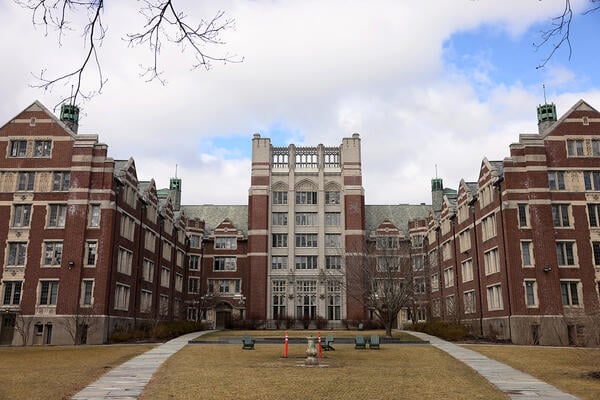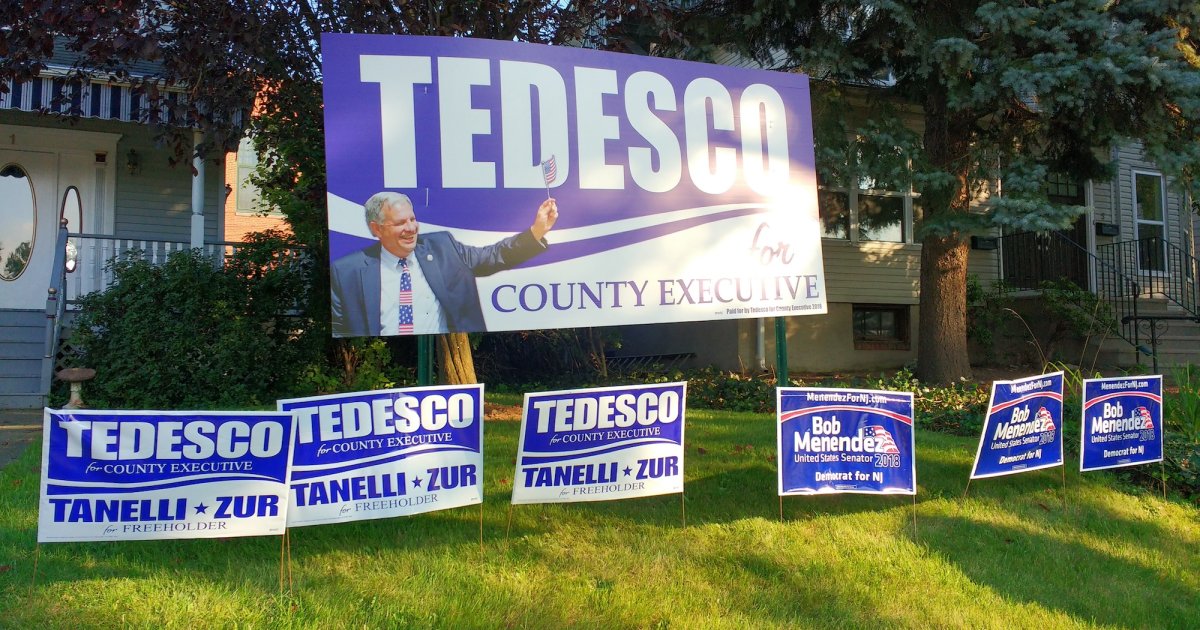In the United States, the cost of higher education is not a natural phenomenon. It is deliberately constructed by a network of institutional actors who function as price makers: university presidents, chief financial officers, boards of trustees, governors, and state legislators. They determine what students pay, how institutions are structured, and whose interests higher education ultimately serves. Their decisions shape tuition, labor conditions, program priorities, and the balance between education and the expanding world of medugrift—the hybrid system where medicine, education, debt, and corporate extraction intersect.
For decades, the American public has been told that tuition rises because education is inherently expensive. But as Richard Wolff argues in his critiques of the “War on the Working Class,” the economic decisions shaping tuition, labor costs, athletics, administrative growth, and capital projects reflect class priorities. The price makers choose which costs are fundamental and which are negotiable. They choose what gets built, who gets hired, and how much debt institutions take on. They choose who pays.
University presidents now act more like corporate executives than academic leaders. They negotiate seven-figure salaries, travel globally for fundraising, and preside over campuses where luxury construction often outruns academic needs. They approve budgets that elevate branding and athletics while pressuring academic departments to justify their existence through profit metrics. Tuition increases rarely slow presidential compensation; instead, they are framed as regrettable necessities dictated by “the market” or “competitive realities.”
CFOs enforce a financial logic that prioritizes credit ratings, cash reserves, and debt-financed expansion. They present budgets as neutral, but each line reflects a hierarchy of value. Instruction is cast as a cost center. Staff health care, faculty benefits, and student services become “inefficiencies.” Meanwhile, massive expenditures on consultants, real estate, information systems, and administration are justified as essential to “modernization.” The result is predictable: the people who teach and learn bear the burden while those who administer expand.
Trustees represent another layer of price making. Often drawn from banking, private equity, real estate, biotech, and corporate medicine, trustees bring a worldview shaped by capital accumulation rather than public service. They authorize tuition hikes, approve investment strategies, and greenlight partnerships that blend public education with private profit. Many trustees sit simultaneously on hospital boards or medical investment firms, allowing medugrift to flourish in the shadows of institutional legitimacy. Their decisions shape which programs expand, which shrink, and which students are offered genuine opportunity.
State governors and legislators are external architects of scarcity. Since the 1980s, state governments have systematically defunded public higher education while channeling resources to mass incarceration, gambling revenue schemes, corporate tax breaks, and subsidies to companies like Amazon. These choices undermine the ability of public institutions to remain affordable and force them to operate increasingly like private universities. The shift from public funding to tuition revenue is not inevitable; it is a political strategy. HBCUs and tribal colleges have lived with this manufactured scarcity for generations. Their chronic underfunding—documented in numerous state audits and federal investigations—illustrates what happens when government treats education for marginalized communities as optional.
The emergence of medugrift reveals a deeper structural problem. At the intersection of higher education and corporate medicine sits an engine of extraction. University medical systems leverage public funding, student tuition, and philanthropic contributions to build financial empires that often serve administrators first and communities last. Medical schools charge extreme tuition while placing students into debt-heavy paths. University hospitals consolidate regional health systems, increasing costs while reducing access. Research produced through public dollars is routinely captured by private pharmaceutical or biotech companies. Meanwhile, residents and faculty in these health systems often endure poor working conditions and stagnant pay. Medugrift conceals itself behind the prestige of medicine, but its logic mirrors that of predatory education: privatize gains, socialize losses, and extract from those with the least bargaining power.
Who determines the costs to students? The answer lies in the aggregated decisions of these actors. When a university raises tuition to protect its bond rating, that is a decision. When trustees invest in athletics while cutting humanities programs, that is a decision. When governors choose prisons over scholarships, that is a decision. When state legislatures allow gambling revenue to substitute for stable taxation, that is a decision. Each choice shifts the financial burden downward while consolidating power upward.
This is not simply mismanagement; it is a class project. The people who determine prices do not feel them. Students, families, adjunct instructors, and underfunded communities do. For working-class students, particularly those from historically excluded backgrounds, the price makers have built a system defined by debt, precarity, and limited mobility.
Nothing about this system is inevitable. There was a time when public universities were affordable, when trustees included community members and labor leaders, when presidents were educators, and when medical centers served the public rather than corporate conglomerates. If the price makers can build this system, a more democratic and humane system can be built to replace it.
The question for the coming decade is not whether higher education is too expensive. The public has already reached its verdict. The question is whether students, workers, and communities will continue to let the price makers—and the medugrift machinery attached to them—define who gets educated, who gets indebted, and who gets left behind.
Sources
Richard D. Wolff, Understanding Socialism; Capitalism Hits the Fan
Elisabeth Rosenthal, An American Sickness
Harriet A. Washington, Medical Apartheid
Rebecca Skloot, The Immortal Life of Henrietta Lacks
Alondra Nelson, Body and Soul
State Higher Education Finance (SHEF) Reports
U.S. Department of Education, Office for Civil Rights, HBCU Funding Analyses












